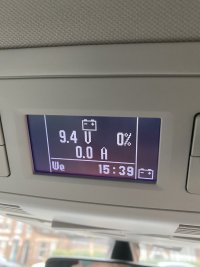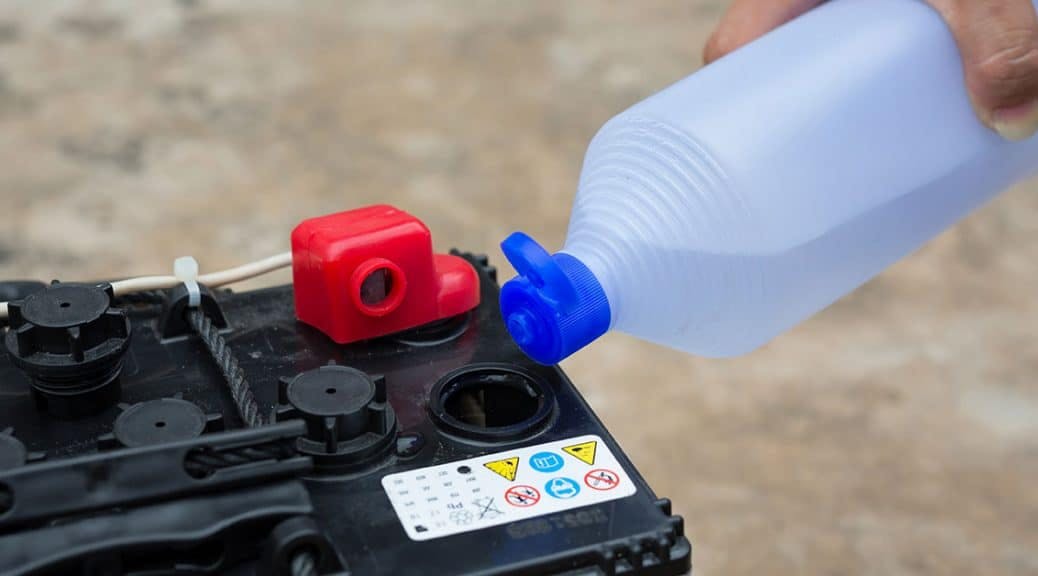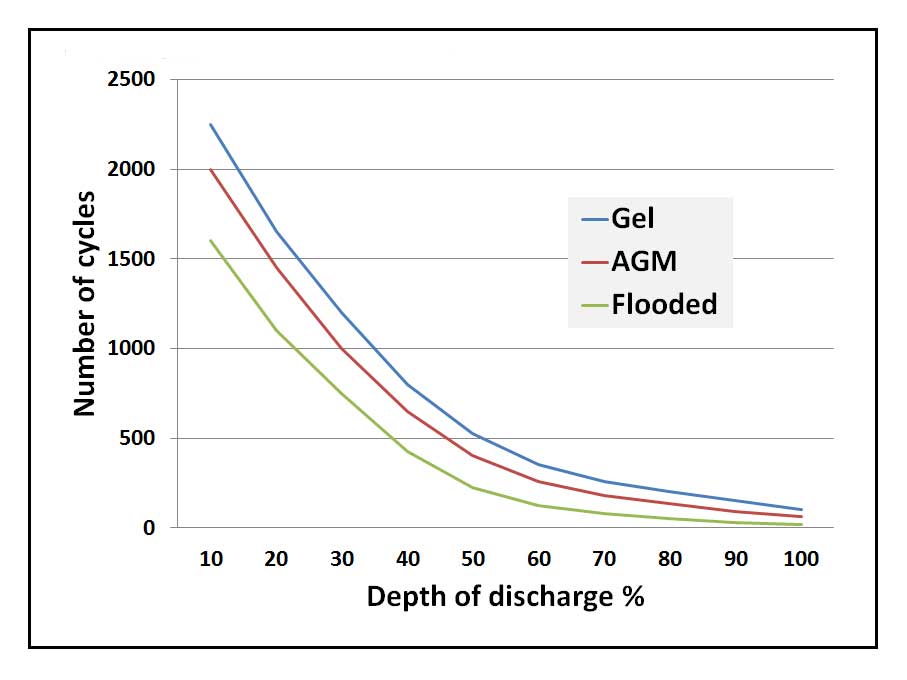I
icic
VIP Member
Just had the van back from the dealer, where it was sat for 5 weeks awaiting a part. I got them to check the battery a few weeks ago and it came back with passes on both leisure batteries. The battery was behaving strangely so that why I asked for it to be checked. Looking today the battery symbol on the control panel is flashing at the top of the screen and the right bottom of the screen. In addition it has my battery at 0%. Can anyone tell me what the flashing battery means and if the batteries are flat, and if they may be damaged. Could this be due to them not being charged while on the lot ? Also they fixed the under sink lighting issue where it keep coming on, so that may have drained it, before the fixed it. Oh the drive from the dealer to home was 30mins (to recharge ). Any insight would be amazing.






















